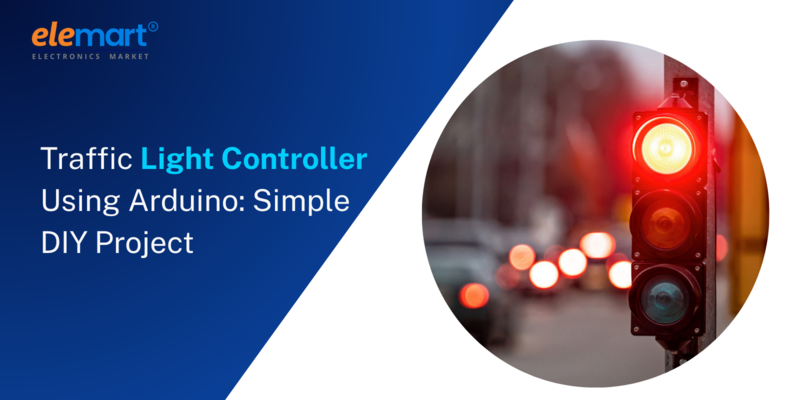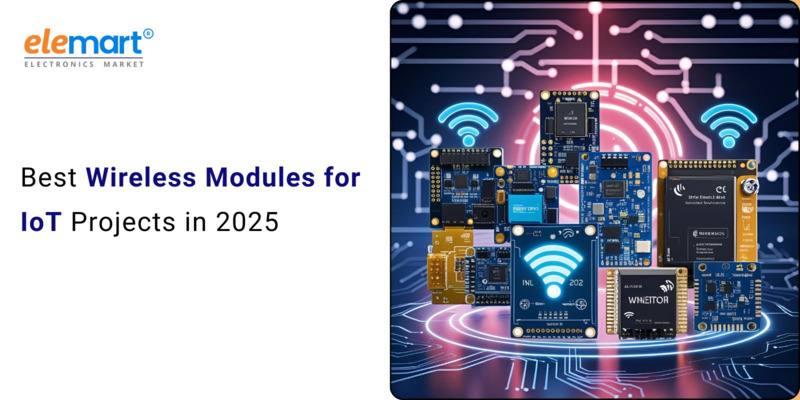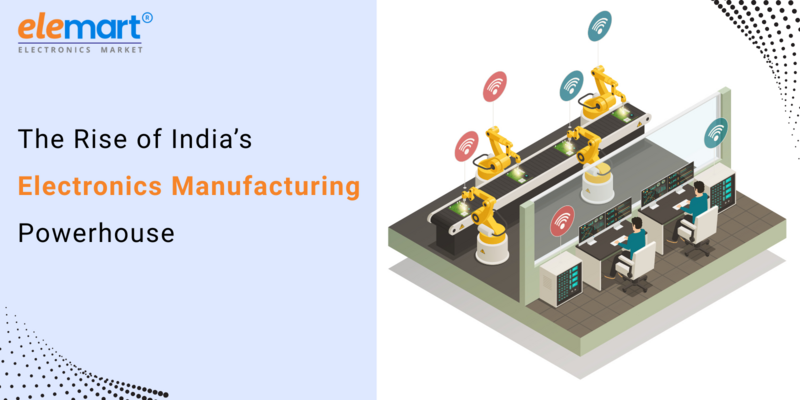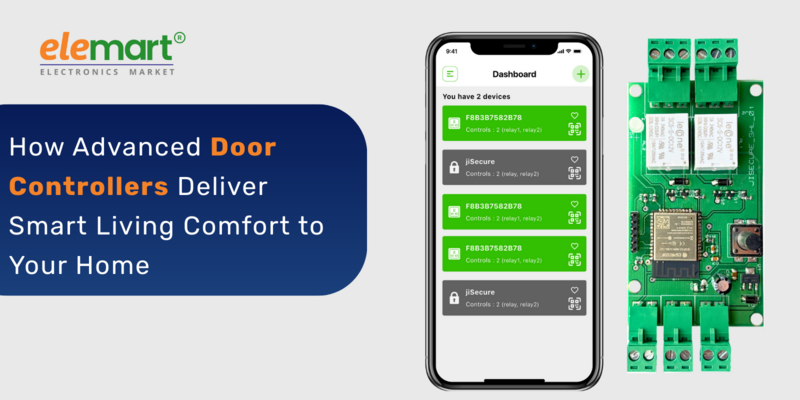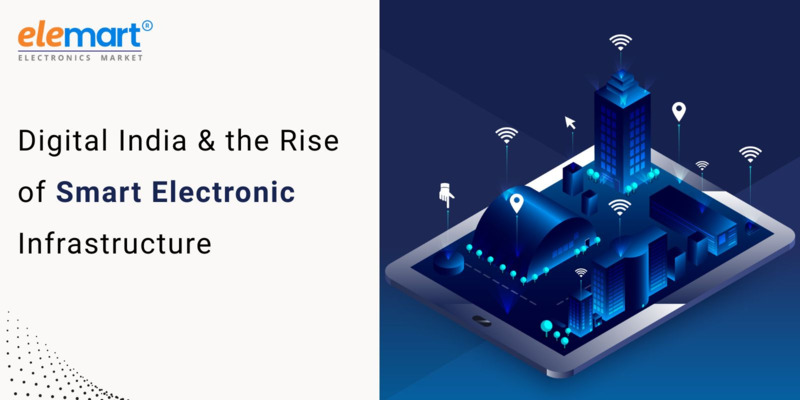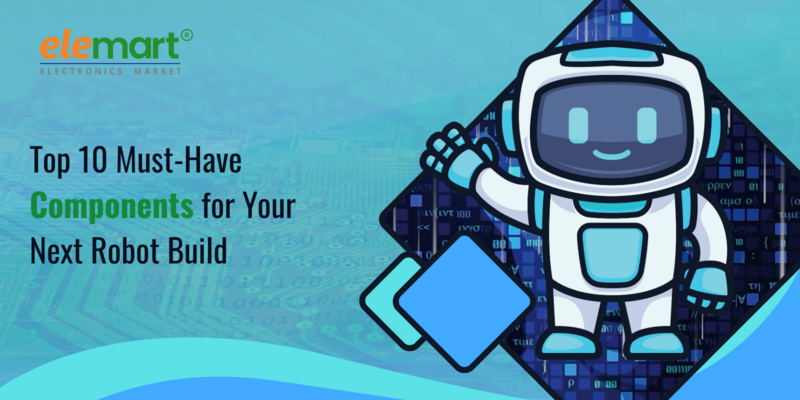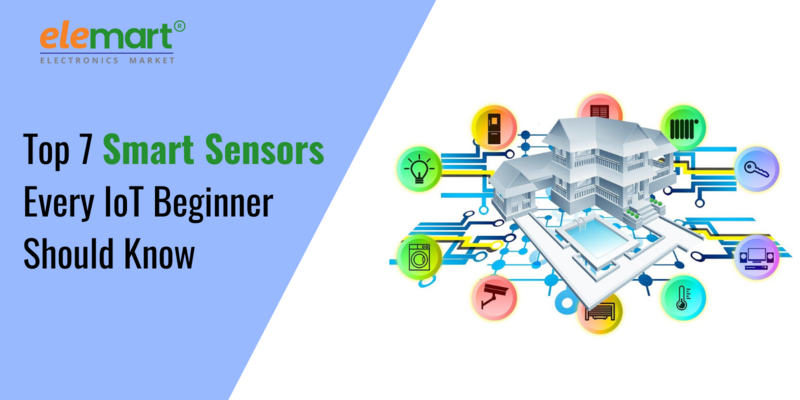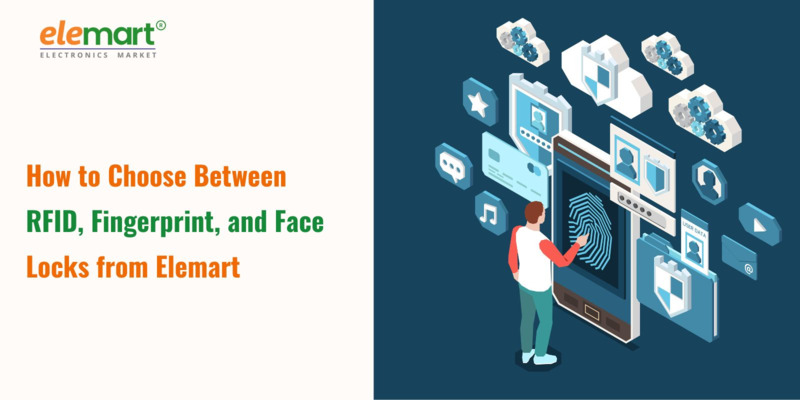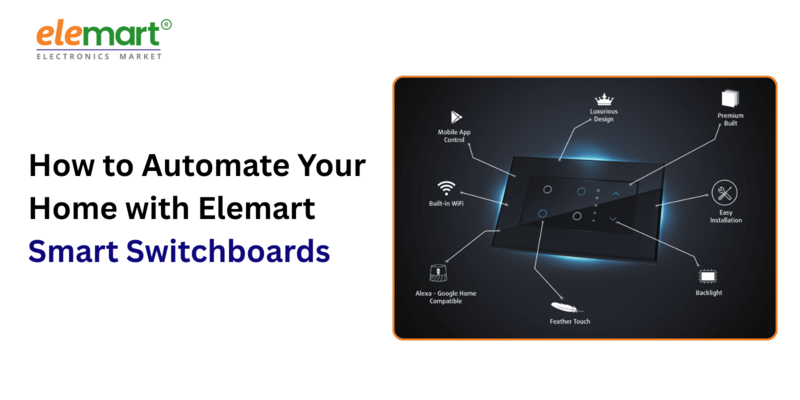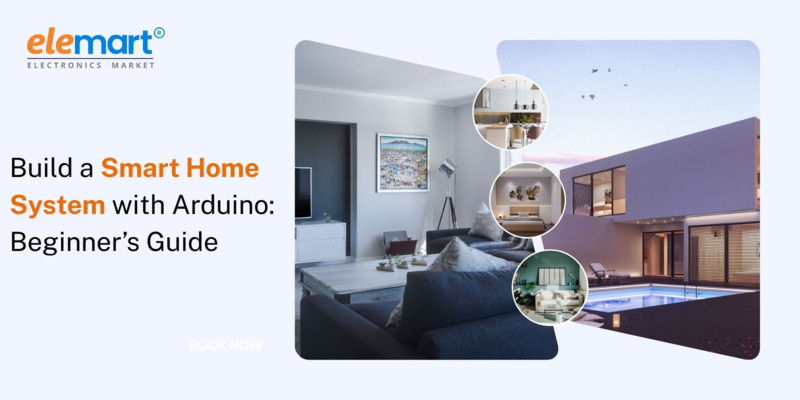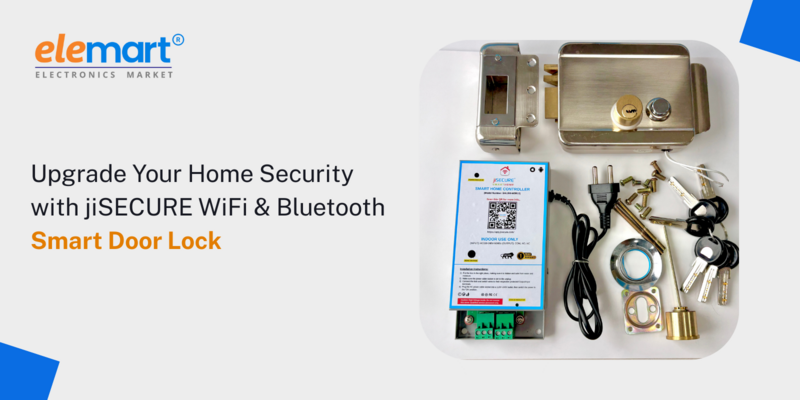- Jun 19, 2025
- Smart Home
- 410
Share this post on:
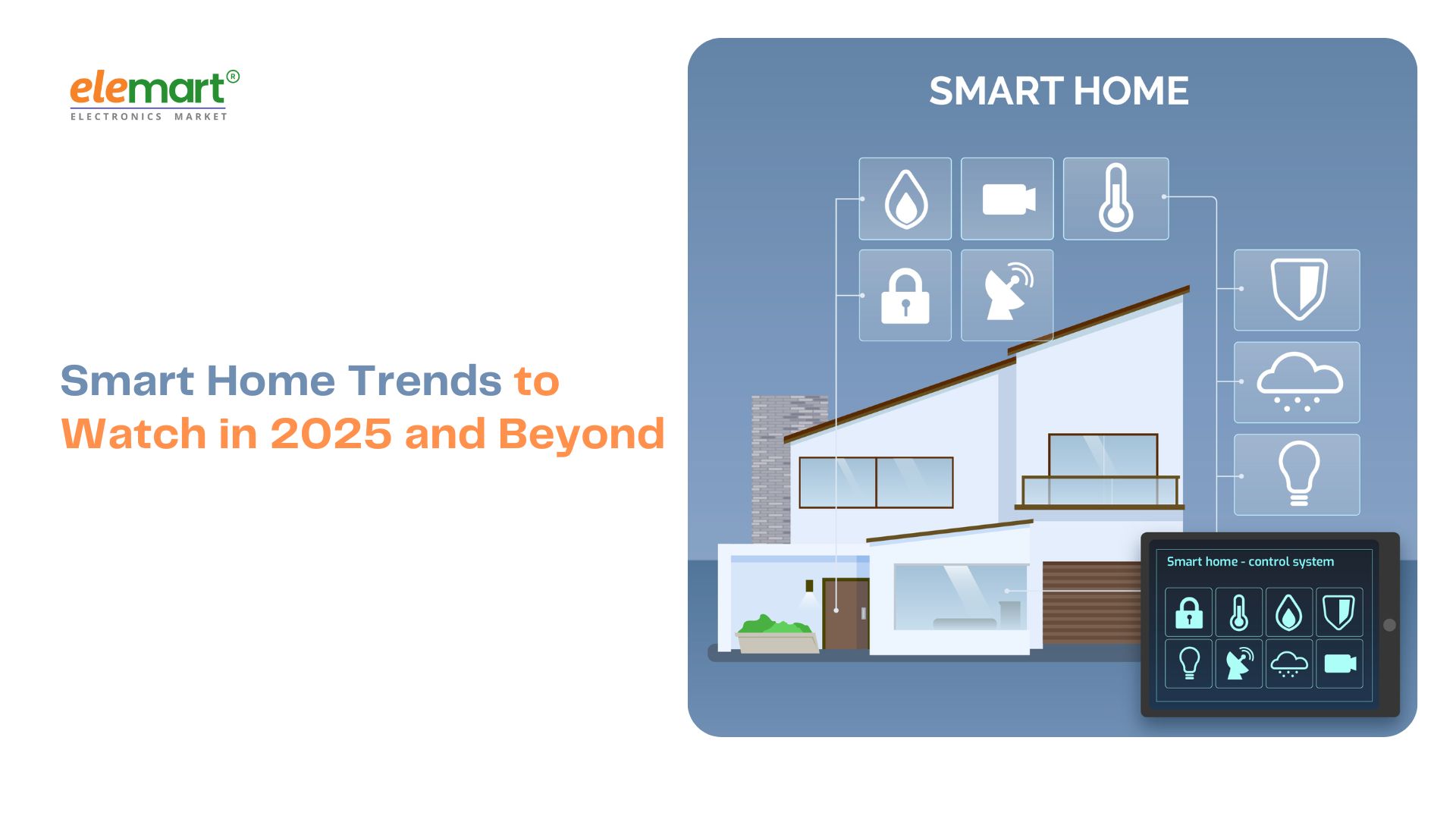
The smart home revolution isn’t just about voice-controlled lights and thermostats anymore. It’s evolving rapidly, driven by advancements in AI, machine learning, 5G, and a growing consumer desire for convenience, energy efficiency, and enhanced security. Looking ahead to 2025 and beyond, the smart home landscape is poised for significant transformations. This blog post explores the key trends you need to be aware of, separating the hype from the genuine shifts that will shape how we live.
1. The Rise of Proactive AI & Predictive Automation
- Beyond Reactive Control: Current smart homes primarily react to commands or pre-set schedules. In 2025 and beyond, AI will move towards proactive automation. Your home will anticipate your needs based on learned patterns, contextual data, and even external factors.
- Examples: Imagine your home automatically adjusting the temperature and lighting based on your sleep schedule, predicting your arrival home and preheating the oven, or proactively adjusting window shades to optimize energy usage based on weather forecasts.
- Machine Learning Integration: AI will learn your preferences over time, tailoring experiences and automating tasks with increasing accuracy. This goes beyond simple routines; it's about your home understanding why you do things and adapting accordingly.
- Edge AI Processing: To reduce latency and improve privacy, more AI processing will move to "edge devices" – the smart home appliances themselves – rather than relying solely on the cloud.
- Emotional AI (Early Stages): While still nascent, expect early integration of sensors and AI that can detect emotional states (through facial expressions, voice analysis) to adjust the home environment. Think calming lighting and music when you seem stressed. Ethical considerations will be paramount here.
2. Matter: The Smart Home Interoperability Standard Gains Traction
- The Problem of Fragmentation: Historically, the smart home market has been plagued by fragmentation. Devices from different manufacturers often couldn’t communicate with each other.
- Matter as the Solution: Matter (formerly Project CHIP) is a new, open-source standard designed to solve this problem. It aims to create a universal language for smart home devices, allowing them to work together seamlessly, regardless of manufacturer.
- 2025 and Beyond: Expect Widespread Adoption: While Matter is already available, 2025 will see its widespread adoption. More devices will be Matter-certified, making it easier to build a truly integrated smart home ecosystem. Consumers will be less locked into specific brands.
- Impact on User Experience: Matter will simplify setup and management, making smart home technology accessible to a broader audience.
3. The Metaverse & Immersive Smart Home Experiences
- Beyond Voice Control: Spatial Computing: While voice control isn't going away, expect to see the rise of spatial computing – interacting with your smart home using gestures, augmented reality (AR), and virtual reality (VR).
- AR for Home Design & Management: Imagine using an AR app to virtually redecorate a room, seeing how different furniture pieces look before you buy them. Or using AR to identify and troubleshoot smart home device issues.
- VR for Remote Home Interaction: VR could allow you to virtually "step into" your home while you’re away, allowing you to check on pets, adjust settings, or even experience a simulated "presence."
- Integration with the Metaverse: As the metaverse evolves, expect to see tighter integration between virtual and physical smart home experiences. Controlling your home’s environment from within a virtual world becomes a possibility.
4. Enhanced Security & Privacy Takes Center Stage
- Growing Concerns: As smart homes become more connected, concerns about security and privacy are amplified. Data breaches and unauthorized access are real threats.
- Biometric Authentication: Fingerprint scanning, facial recognition, and even voice biometrics will become more prevalent for unlocking doors and accessing smart home systems.
- Decentralized Security: Blockchain technology could be used to create more secure and decentralized smart home networks, reducing the risk of single points of failure.
- Privacy-Preserving Technologies: Expect to see more devices with built-in privacy features, such as local data processing and end-to-end encryption. Consumers will demand transparency about how their data is being collected and used.
- Cybersecurity Insurance for Smart Homes: As the value of smart home ecosystems increases, cybersecurity insurance is likely to become a common offering.
5. Sustainable Smart Homes: Energy Efficiency & Resource Management
- Rising Energy Costs & Environmental Awareness: Consumers are increasingly aware of the environmental impact of their homes and are looking for ways to reduce their carbon footprint.
- Smart Energy Management Systems: These systems will go beyond simple thermostats, using AI to optimize energy usage based on occupancy patterns, weather conditions, and energy prices.
- Solar Integration & Energy Storage: Seamless integration of solar panels and battery storage will become more common, allowing homeowners to generate and store their own renewable energy.
- Water Conservation: Smart irrigation systems and leak detection sensors will help conserve water and reduce utility bills.
- Smart Appliances with Eco-Modes: Appliances will increasingly offer eco-friendly modes that optimize energy consumption.
6. Health & Wellness Integration: The Smart Home as a Caregiver
- Aging in Place & Remote Patient Monitoring: Smart home technology can play a crucial role in helping elderly individuals age in place and enabling remote patient monitoring.
- Fall Detection & Emergency Response: Sensors and AI can detect falls and automatically alert emergency services.
- Air Quality Monitoring & Purification: Smart air purifiers and ventilation systems will help maintain healthy indoor air quality.
- Sleep Tracking & Optimization: Smart beds and sleep trackers will monitor sleep patterns and provide personalized recommendations for improving sleep quality.
- Personalized Lighting for Circadian Rhythm Support: Lighting systems will automatically adjust to mimic natural daylight patterns, supporting healthy circadian rhythms.
7. The Evolution of Voice Assistants: From Commands to Conversations
- Beyond Simple Commands: While voice assistants like Alexa and Google Assistant will remain important, their functionality will evolve. Expect more natural, conversational interactions.
- Contextual Awareness: Voice assistants will become more contextually aware, understanding not just what you say, but why you’re saying it.
- Proactive Assistance: Rather than just responding to commands, voice assistants will proactively offer assistance based on your habits and preferences.
- Multimodal Interaction: Voice assistants will integrate with other modalities, such as visual displays and gestures, to create a more seamless and intuitive user experience.
Conclusion: The Future is Connected
The smart home landscape is on the cusp of a dramatic transformation. The trends discussed above – proactive AI, interoperability through Matter, immersive metaverse experiences, enhanced security, sustainable practices, integrated wellness solutions, and evolving voice assistants – will shape the way we live in the years to come. While some of these trends are still in their early stages, their potential to revolutionize our homes and improve our lives is undeniable. As technology continues to advance, the smart home of 2025 and beyond promises to be more intuitive, efficient, secure, and personalized than ever before. It’s a future where our homes truly anticipate our needs and enhance our well-being.
